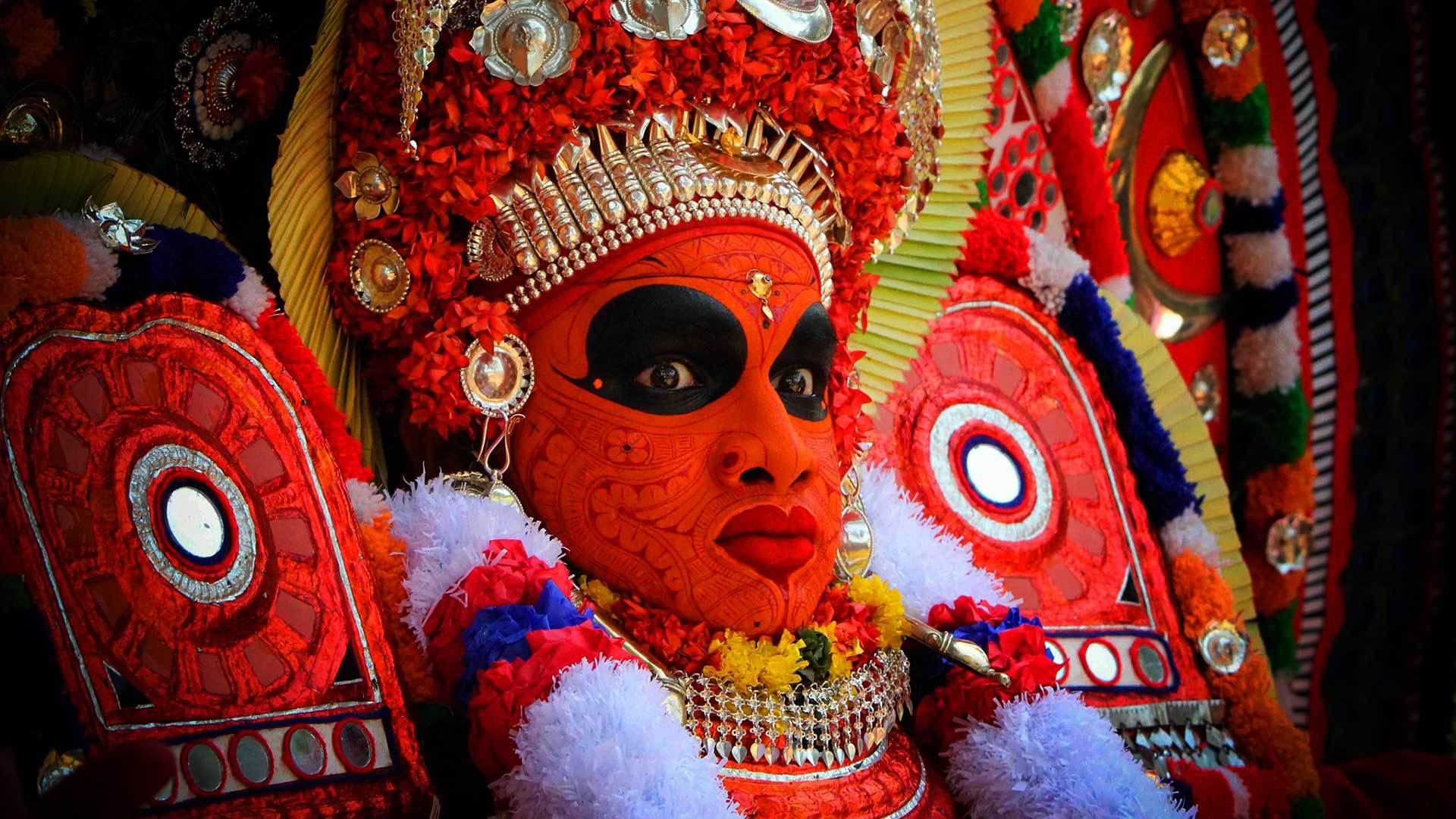Bekal Fort is considered as one of the largest and most preserved forts in Kerala. Nestled in the lap of nature, Bekal Fort is a historic fort surrounded by a beautiful beach offering an enchanting view of Arabian Sea from its high observation tower where once the cannons were placed. There are many ways to arrive at the Bekal Fort through various modes of transportation available. One can easily take a bus (which takes about an hour), taxi, auto-rickshaw or a private vehicle to reach here. Bekal Fort also has a railway station located at a distance of 1.7 km from the fort. The Bekal Fort is located about 15 kilometres from the Kasaragod Town.
The fort appears to emerge from the sea. Almost three quarters of its exterior is in contact with water. Bekal fort was not an administrative centre and doesn’t include any palace or mansion.
An important feature is the water-tank, magazine and the flight of steps leading to an observation tower built by Tipu Sultan. Standing at the centre of the fort, this offers views of the coastline and the towns of Kanhangad, Pallikkara, Bekal, Kottikkulam, and Uduma.
The fort’s zigzag entrance and surrounding trenches reveal its defensive strategy. Holes on the outer walls are designed to defend the fort effectivelty from naval attacks. The upper holes meant for aiming at the farthest targets; lower holes below for striking as enemy nearer and the lowest holes to attacking enemy closest to the fort.
Its solid construction resembles the Thalassery Fort and the St. Angelo Fort at Kannur built by the Dutch .




